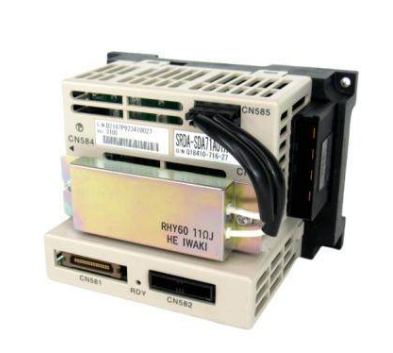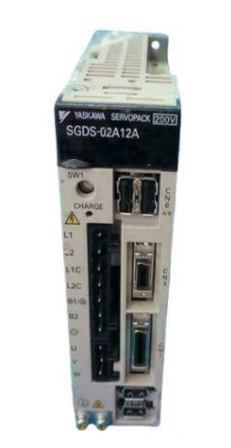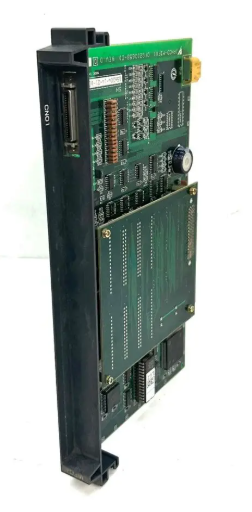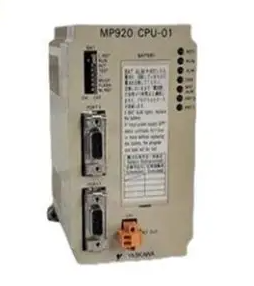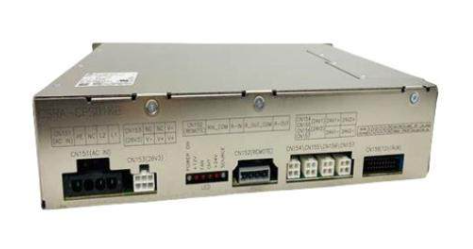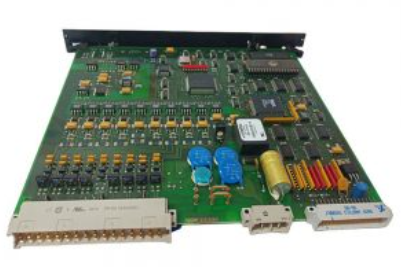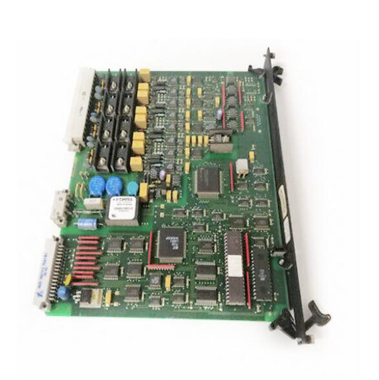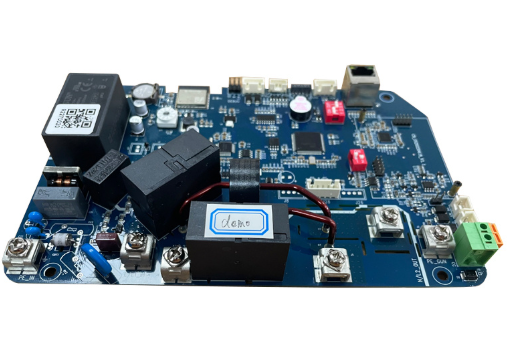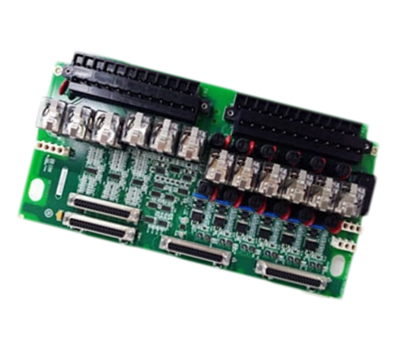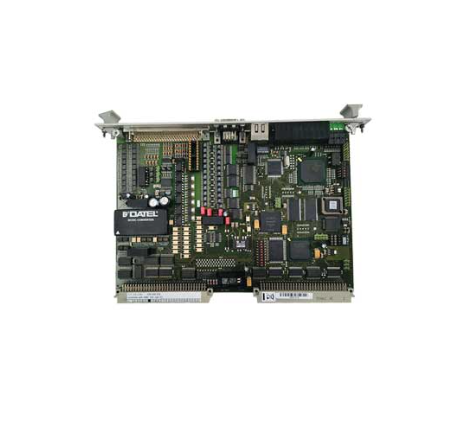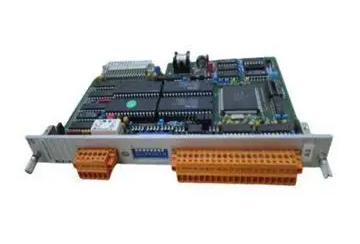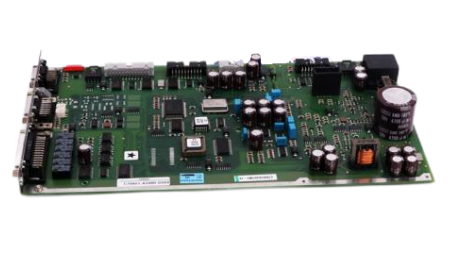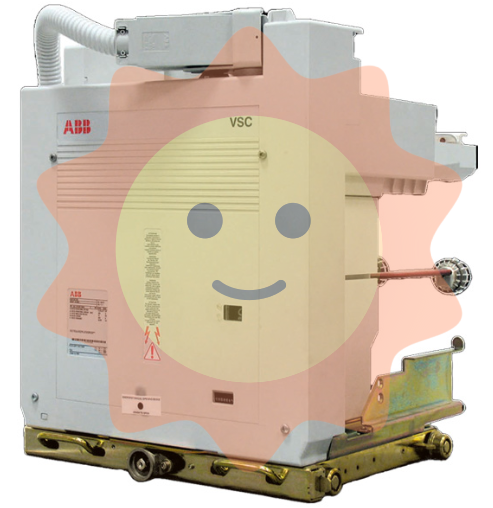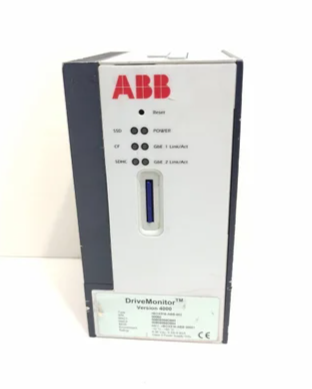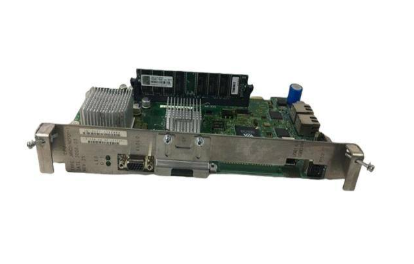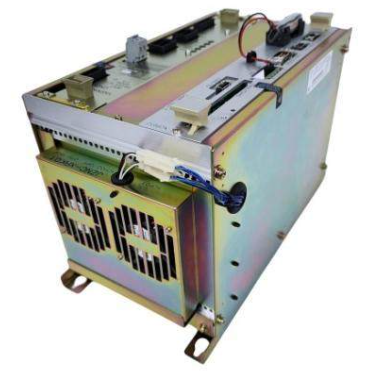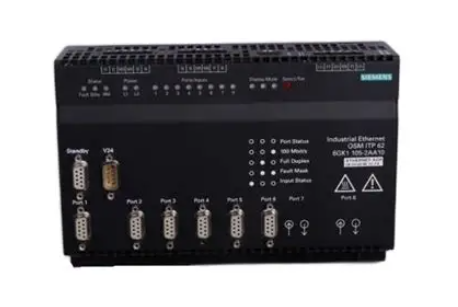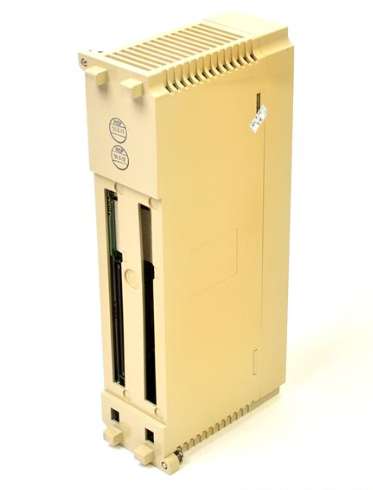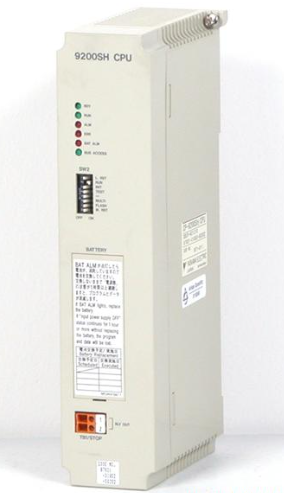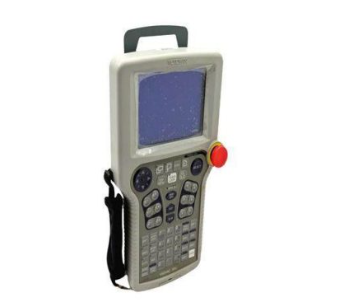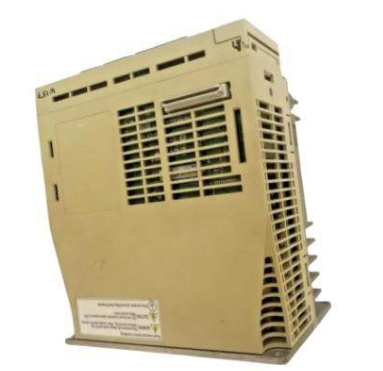AB Allen-Bradley's 1734 POINT I/O Series Products
AB Allen-Bradley's 1734 POINT I/O Series Products
Product Overview: The 1734 POINT I/O Series is a key part of Rockwell Automation's integrated architecture, offering modularity, diagnostics, and configurability for a wide range of automation systems. It offers a wide range of modules with point densities from 1 to 8 points and supports a variety of communication protocols for flexible system configurations.
Selection steps: First, select the communication interface module according to the application requirements, such as EtherNet/IP, ControlNet, DeviceNet, PROFIBUS DP, etc.; then select the appropriate I/O module according to the required number of points and functions, including digital, analogue, special-purpose modules, etc.; then select the wiring chassis components, such as monolithic or removable terminal block type; and then Then select power supply components, such as communication adapter built-in power supply, extended power supply and field power distributor; finally, determine the number of DIN rails according to the number of modules and physical requirements.
Communication Interface Modules: The NetLinx open network architecture features a variety of networks, each suitable for different scenarios: EtherNet/IP networks for plant management and other scenarios, with the 1734-AENT/1734-AENTR adapters supporting direct and rack-optimised connectivity; ControlNet networks for high-speed control, with the 1734-ACNR adapter having a specific number of connections and memory requirements; and the 1734-ACNR adapter having a specific number of connections and memory requirements.
The ControlNet network meets the demands of high-speed control, and the 1734-ACNR adapter has specific connection and memory requirements; the DeviceNet network is used for the connection of the underlying devices and is available in different interfaces such as the 1734-ADN, 1734-ADNX, and 1734-PDN; and the PROFIBUS DP network connects to the existing bus, and the 1734-APB adapter has the corresponding technical specifications. The communication adapters have similar environmental specifications, operate in a temperature range of - 20 °C to 55 °C and are resistant to shock, vibration and electromagnetic interference.
I/O modules
Digital I/O modules: AC and DC input/output modules and contact modules with various voltage interfaces, some modules have diagnostic functions and electronic fuses to meet the requirements of different application scenarios, and each module has corresponding electrical parameters and environmental technical parameters.
Analogue and Temperature I/O Modules: The analogue input modules support a wide range of signals and high resolution, the temperature input modules can detect a variety of temperature-related states, the analogue output modules have high accuracy and fast response characteristics, these modules also have channel-level diagnostics, alarms and other functions.
Dedicated I/O modules: 1734-232ASC and 1734-485ASC provide communication interfaces for serial connections, 1734-SSI is used to acquire absolute encoder data, 1734-ARM is used to reserve addresses, 1734-CTM and 1734-VTM extend terminal functionality, and the counter module has multiple counting modes.
Safety I/O modules: e.g. 1734-IB8S, 1734-IE4S, 1734-OB8S for safety control systems, meeting specific safety standards, with detailed electrical parameters and description of safety functions.
Terminal block assemblies and power supply units: Terminal block assemblies are available in a variety of types, with field wiring terminals, some of which are pre-assembled for easy installation and maintenance. Power supply units include the communication adapter's built-in power supply, extended power supplies (e.g. 1734-EP24DC, 1734-EPAC) and field power distributors (1734-FPD), each with different functions and technical parameters.
Installation requirements: The modules should be mounted on the right side of the power supply, depending on the power supply backplane current and module requirements. The system can be mounted horizontally or vertically on specific DIN rails, with good grounding to prevent EMI, and with space above the 1734-IB8S, 1734-OB8S and 1734-IE4S modules.
System installation requirements
Installation position and layout: Modules should be installed on the right side of the power supply, and the layout should be planned according to the backplane current of the power supply and the current demand of the modules. Systems with different communication interfaces have limitations on the maximum number of I/O modules and connections, e.g. 1734-PDN for DeviceNet network, maximum 17 modules without extended power supply.
DIN rail selection and fixing: Use steel 35 x 75.5 mm DIN rails (Catalogue Nos. 199-DR1; 46277-3; EN 50022), which need to be fixed to a common conductive surface approximately every 200 mm (7.87 in) to ensure good immunity to electromagnetic interference (EMI).
Module installation sequence and orientation: Install the communication interface modules, such as 1734-ADN, 1734-PDN, etc., first, then install the wiring chassis, and finally install the I/O modules. When installing the modules, make sure that they are orientated correctly and that the locking screws of the wiring base are in a horizontal position. When installing some modules (1734-IB8S, 1734-OB8S, and 1734-IE4S), make sure that there is 2 in. (approx. 50.8mm) of clearance above the POINT rail.
Wiring and Grounding: When wiring, pay attention to the wiring requirements of different modules and use the appropriate terminal block assembly. For example, the 1734-TB series terminal blocks have different wiring and torque requirements. The system should be well grounded to ensure normal operation and anti-interference capability.
Installation environment: The equipment is suitable for use in pollution class 2 industrial environments, overvoltage category II applications, with operating temperatures ranging from - 20°C to 55°C, non-operating temperatures ranging from - 40°C to 85°C, and relative humidity of 5% - 95% without condensation.

- EMERSON
- Honeywell
- CTI
- Rolls-Royce
- General Electric
- Woodward
- Yaskawa
- xYCOM
- Motorola
- Siemens
- Rockwell
- ABB
- B&R
- HIMA
- Construction site
- electricity
- Automobile market
- PLC
- DCS
- Motor drivers
- VSD
- Implications
- cement
- CO2
- CEM
- methane
- Artificial intelligence
- Titanic
- Solar energy
- Hydrogen fuel cell
- Hydrogen and fuel cells
- Hydrogen and oxygen fuel cells
- tyre
- Chemical fiber
- dynamo
- corpuscle
- Pulp and paper
- printing
- fossil
- FANUC
- Food and beverage
- Life science
- Sewage treatment
- Personal care
- electricity
- boats
- infrastructure
- Automobile industry
- metallurgy
- Nuclear power generation
- Geothermal power generation
- Water and wastewater
- Infrastructure construction
- Mine hazard
- steel
- papermaking
- Natural gas industry
- Infrastructure construction
- Power and energy
- Rubber and plastic
- Renewable energy
- pharmacy
- mining
- Plastic industry
- Schneider
- Kongsberg
- NI
- Wind energy
- International petroleum
- International new energy network
- gas
- WATLOW
- ProSoft
- SEW
- wind
- ADVANCED
- Reliance
- YOKOGAWA
- TRICONEX
- FOXBORO
- METSO
- MAN
- Advantest
- ADVANCED
- ALSTOM
- Control Wave
- AB
- AMAT
- STUDER
- KONGSBERG
- MOTOROLA
- DANAHER MOTION
- Bently
- Galil
- EATON
- MOLEX
- Triconex
- DEIF
- B&W
- ZYGO
- Aerotech
- DANFOSS
- KOLLMORGEN
- Beijer
- Endress+Hauser
- MOOG
- KB
- Moxa
- Rexroth
- YAMAHA
- Johnson
- Westinghouse
- WAGO
- TOSHIBA
- TEKTRONIX
- BENDER
- BMCM
- SMC


Email:wang@kongjiangauto.com


